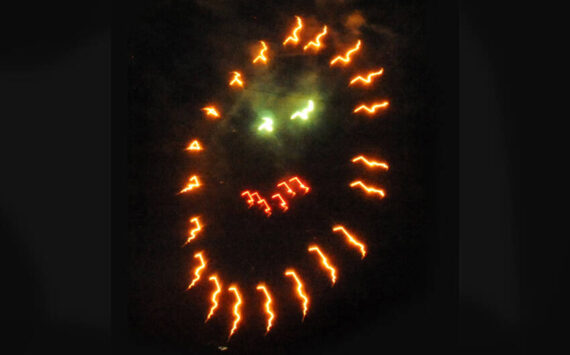OLYMPIA — A new transmission line from Pateros to Twisp would mean more reliable electricity for residents in the Methow Valley.
Currently relying on a more than 60-year-old line along Highway 20, the PUD would use this new transmission line as a backup in case of a power outage.
But during the past several years, controversy has been building over where to put the new line.
Okanogan County Public Utility District No. 1 wants the new line to follow the Methow River Valley instead of going over Loup Loup Pass, where the current one is located.
In doing so, the PUD would need to build some transmission towers on state school trust lands, something that Peter Goldmark, commissioner of public lands, is fighting against.
In May 2013, the Washington Court of Appeals ruled in favor of the PUD, saying the agency had the right to condemn state trust lands for the purposes of a transmission line.
Attorneys from the PUD and the state Department of Natural Resources made final oral arguments before the Washington State Supreme Court on Feb. 25. A decision in the case isn’t expected for several months.
Paul Lawrence, legal counsel for DNR, argued that because there is no legal precedent for this type of decision, the appellate-court ruling should be reversed.
“There is no case in this state that has ever allowed a local entity to condemn state land that is being used in any way,” Lawrence said.
The land in question is currently being used for cattle grazing, and the money goes to support public schools. The five active grazing leases and two grazing-permit range areas generate less than $3,000 per year, according to the published opinion of the Court of Appeals from May 2013.
During Lawrence’s argument, Justice Sheryl Gordon McCloud paraphrased RCW 54.16.050, which gives the PUD the right to condemn school lands for transmission lines.
“It seems pretty specific,” McCloud said to Lawrence.
But because the lands are currently in use, they are not subject to condemnation, Lawrence said.
Stephen DiJulio, the PUD’s attorney, argued that the fact these are state trust lands and are in use, does not exempt them from condemnation.
DiJulio quoted the Public Lands Act of 1927 that defines state lands as lands that are not set aside for a specific purpose.
“School trust lands [are] a subset of that definition of state lands that the Legislature has said, ‘They are not devoted to, or reserved for, a particular use by law,’” he said.
If the Supreme Court rules in favor of the PUD, reestablishing the Court of Appeals’ decision, it may open to door to more cases of land condemnation. But, until a decision is made, a change in the PUD’s ability to more broadly condemn state lands in the future is unclear.
“It really depends upon the scope of the decision,” Lawrence said in an interview.
Based on the arguments in the Supreme Court, he says he thinks several justices are concerned about the lack of limits the PUD would have in future condemnation cases.
DiJulio was unavailable for comment.
Planning for the transmission line project started in 1996.
The PUD is trying to obtain an easement of about 100 feet along 12.2 miles of state school trust land. The project would also require the construction of about 22 miles of new roads for installation and maintenance purposes.



